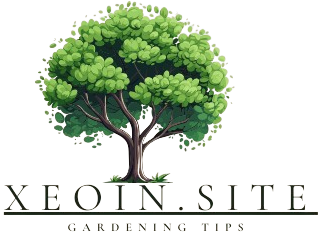Backyard fire pits and bonfires are a popular way to enjoy the outdoors, but it’s important to know what materials are safe—and unsafe—to burn. Burning the wrong items can release toxic fumes, harm the environment, or even pose health risks to you and your neighbors. Here are six things you should never burn in your backyard.
1.Treated Wood
Why It’s Dangerous
Treated wood—like plywood, particleboard, or lumber used for decks and fences—is often coated with chemicals such as arsenic, chromium, or copper to resist rot and pests. When burned, these chemicals release hazardous toxins into the air.
What to Do Instead
Dispose of treated wood at a local waste facility that accepts construction debris. Use untreated, dry hardwoods like oak or maple for your fire instead.
2.Plastics
Why It’s Dangerous
Burning plastics releases harmful chemicals like dioxins and furans, which are toxic to humans and the environment. These pollutants can cause respiratory issues, cancer, and other serious health problems.
What to Do Instead
Recycle plastics whenever possible. If you’re unsure about disposal, check with your local recycling center or waste management service.
3.Painted or Stained Materials
Why It’s Dangerous
Paints, stains, and finishes often contain lead, solvents, or other hazardous substances. Burning these materials creates noxious fumes that can be dangerous to breathe.
What to Do Instead
Strip paint or stain from old furniture or scrap wood before burning, or dispose of painted items responsibly through a hazardous waste program.
4.Household Trash
Why It’s Dangerous
Items like cardboard boxes, magazines, or food wrappers may seem harmless, but they often contain inks, adhesives, or synthetic materials that produce toxic smoke when burned.
What to Do Instead
Compost organic waste, recycle paper products, and dispose of non-recyclable trash properly. Stick to seasoned firewood for your backyard fires.
5.Leaves and Yard Waste
Why It’s Dangerous
While burning leaves might seem convenient, it generates significant air pollution and can irritate lungs. Many areas also have laws prohibiting open burning of yard waste due to wildfire risks and environmental concerns.
What to Do Instead
Use fallen leaves as mulch, add them to your compost pile, or bag them for municipal pickup. Some communities offer curbside leaf collection services.
6.Pressure-Treated Pallets
Why It’s Dangerous
Pallets used for shipping are often treated with chemicals to prevent pests and decay during transport. Burning these pallets releases carcinogens and other harmful compounds into the air.
What to Do Instead
Look for heat-treated pallets marked with “HT” if you plan to repurpose them for crafts or projects. Otherwise, dispose of pallets through a recycling program or waste facility.
By avoiding these six hazardous materials, you’ll protect your health, reduce environmental impact, and ensure your backyard gatherings remain safe and enjoyable. Always check local regulations on backyard burning, as many areas have specific rules about what can and cannot be burned. Stay informed, stay safe, and keep your outdoor fires clean and eco-friendly!

